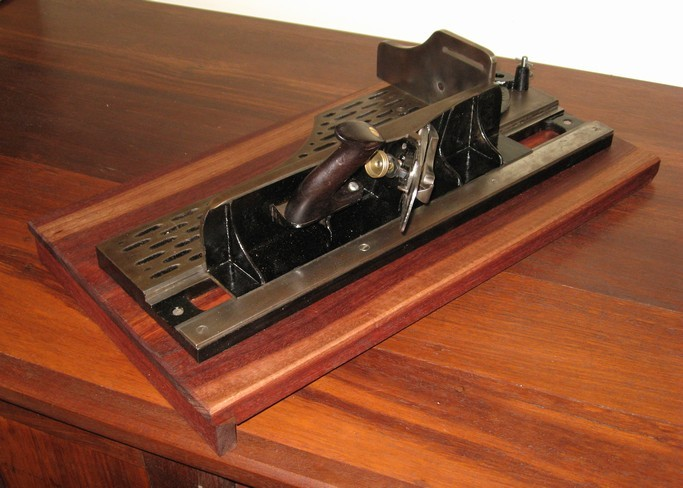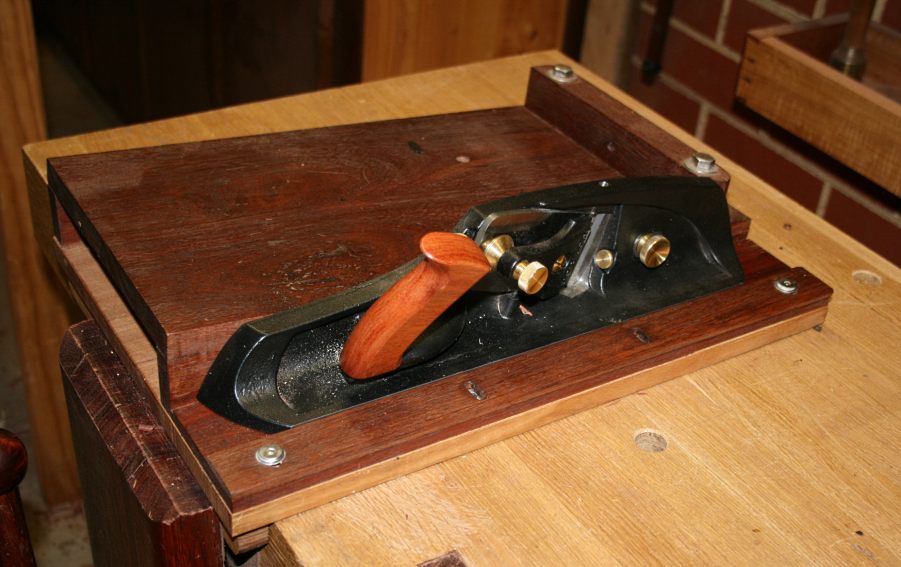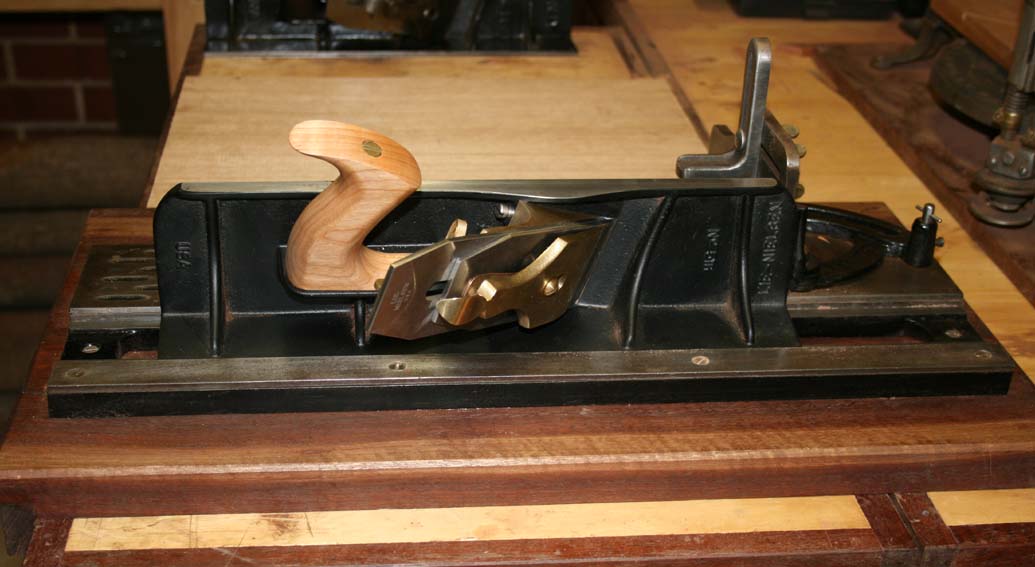gasman
Established Member
In Jim Kingshotts book Making and Modifying Tools, he talks about Pattern Making and in particular, he made a Stanley 51/52
I would dearly love to make a Stanley 52 chute board and I just wondered if anyone has done that before? I have a medium engineering firm who are very friendly just up the road but wanted to ask on the forum first in case someone has a pattern etc
Cheers
Mark
I would dearly love to make a Stanley 52 chute board and I just wondered if anyone has done that before? I have a medium engineering firm who are very friendly just up the road but wanted to ask on the forum first in case someone has a pattern etc
Cheers
Mark




































